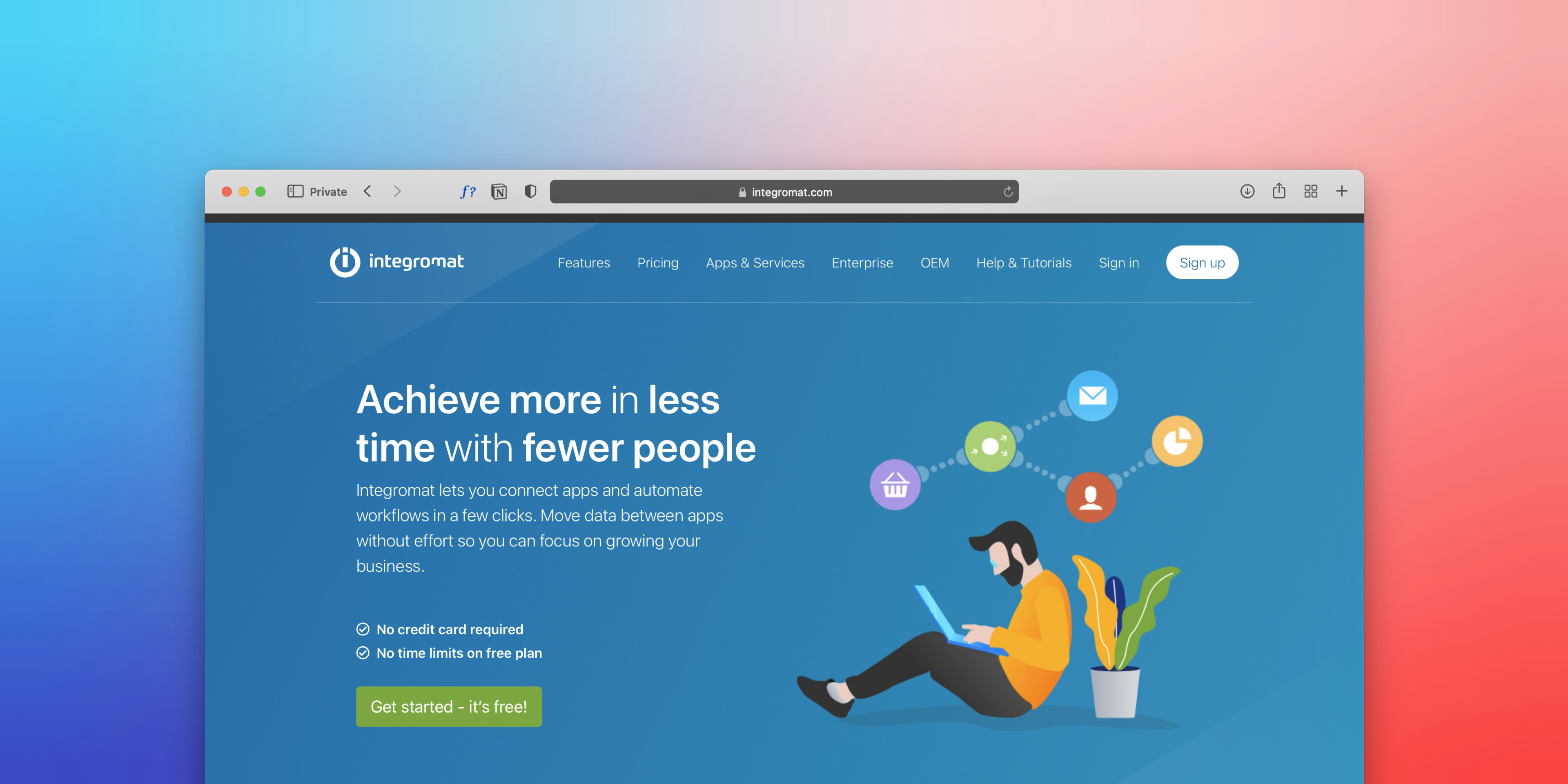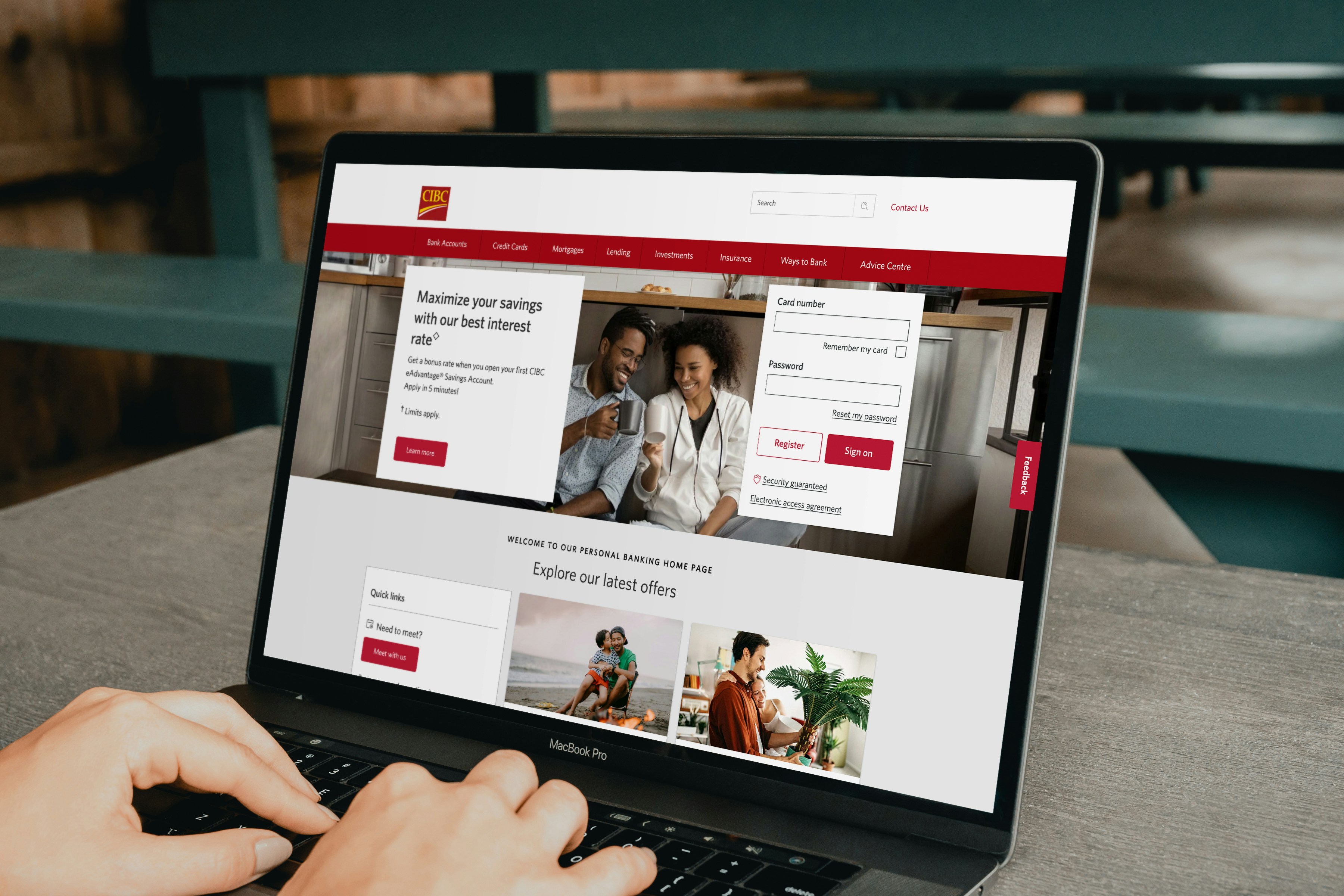How Your Website Becomes an Extension of the Customer Journey
Many entrepreneurs still see their website as a digital brochure — a place to share information, but not necessarily to engage. In reality, a website can be so much more. It can serve as an essential part of the customer journey — an active tool that guides visitors step by step, from their first encounter with your brand to becoming loyal customers. When done well, your website transforms from a static platform into a valuable guide that helps people make choices, builds trust, and encourages ongoing interaction.
The First Impression: From Curiosity to Confidence
The customer journey rarely begins with a purchase. In the awareness phase, a visitor is looking for solutions to a problem or need. Your website is often their first point of contact — and that moment is critical. Within seconds, visitors decide whether to stay or leave. A clear value proposition immediately communicates what you offer and why you are the right choice. Combine that with strong, authentic visuals and social proof such as client stories, testimonials, or key figures. This reassures visitors that they are dealing with a trustworthy brand.
A strong first impression is built on clarity and emotion. Text and visuals should work together to create a sense of trust. Whether you sell products or offer services, the goal is always the same: visitors should feel seen, understood, and confident that they’ve come to the right place.
Information That Supports Decision-Making
Once someone has shown interest, the research phase begins. At this stage, your website should answer the questions potential customers have: What do you do exactly? How does it work? What results can they expect? This is where content becomes essential. Blog articles, case studies, guides, and short videos all help demonstrate your expertise and credibility. The more value you share, the stronger your position as an authority becomes. A well-structured knowledge base or FAQ section can also prevent frustration and drop-offs due to uncertainty.
Clear structure is just as important as strong content. Logical navigation, informative headings, and well-organized pages make it easy for visitors to find what they’re looking for. Search engine optimization (SEO) helps the right audience discover your content, but the real persuasion lies in the substance — honest, helpful information that supports confident decision-making.
Turning Interest into Action
When interest turns into intent, your website should make taking the next step effortless. That means removing barriers. Simple forms, transparent pricing, and clear call-to-actions help visitors move forward without hesitation. A well-designed contact or checkout process isn’t just about functionality — it’s about psychology. It reassures users that taking action is easy, secure, and worthwhile.
Ensure that your main buttons are visible and that every page naturally leads to the next step. Encourage engagement with clear prompts such as “Request a Quote,” “Book a Call,” or “Try It Free.” Every click should feel like a natural continuation of the customer journey.
Strengthening the Relationship After the First Purchase
The customer journey doesn’t end once a purchase is made — in fact, that’s often where it really begins. Use your website to nurture relationships with existing customers. A client portal, resource hub, or exclusive content area can add value long after the first transaction. By offering ongoing support and updates, you show that your business is built on care and commitment, not just conversion.
Regular updates, helpful tutorials, and personalized recommendations can keep customers engaged and satisfied. When people feel that you remain invested in their experience, trust grows naturally, turning a one-time buyer into a long-term supporter.
From Customer to Advocate
A satisfied customer is your most powerful form of marketing. Your website can help transform satisfaction into advocacy by making it easy for customers to share their stories. Enable reviews, encourage testimonials, or create a referral program. Shareable content — such as inspiring stories, guides, or insights — gives them something to pass along to others.
When customers feel included in your brand’s story, they become part of your community. People connect with brands that listen, respond, and show appreciation. That sense of belonging turns passive followers into active ambassadors, helping your message spread organically.
A website that functions as an extension of the customer journey does more than inform — it inspires, guides, and strengthens the bond between brand and audience. It becomes a living part of the overall experience: a place where trust, engagement, and growth come together.



































































